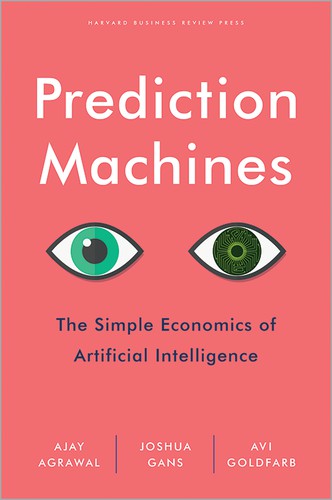250 pages
English language
Published Nov. 20, 2018

250 pages
English language
Published Nov. 20, 2018
The idea of artificial intelligence--job-killing robots, self-driving cars, and self-managing organizations--captures the imagination, evoking a combination of wonder and dread for those of us who will have to deal with the consequences. But what if it's not quite so complicated? The real job of artificial intelligence, argue these three eminent economists, is to lower the cost of prediction. And once you start talking about costs, you can use some well-established economics to cut through the hype. The constant challenge for all managers is to make decisions under uncertainty. And AI contributes by making knowing what's coming in the future cheaper and more certain. But decision making has another component: judgment, which is firmly in the realm of humans, not machines. Making prediction cheaper means that we can make more predictions more accurately and assess them with our better (human) judgment. Once managers can separate tasks into components of prediction and …
The idea of artificial intelligence--job-killing robots, self-driving cars, and self-managing organizations--captures the imagination, evoking a combination of wonder and dread for those of us who will have to deal with the consequences. But what if it's not quite so complicated? The real job of artificial intelligence, argue these three eminent economists, is to lower the cost of prediction. And once you start talking about costs, you can use some well-established economics to cut through the hype. The constant challenge for all managers is to make decisions under uncertainty. And AI contributes by making knowing what's coming in the future cheaper and more certain. But decision making has another component: judgment, which is firmly in the realm of humans, not machines. Making prediction cheaper means that we can make more predictions more accurately and assess them with our better (human) judgment. Once managers can separate tasks into components of prediction and judgment, we can begin to understand how to optimize the interface between humans and machines. More than just an account of AI's powerful capabilities, Prediction Machines shows managers how they can most effectively leverage AI, disrupting business as usual only where required, and provides businesses with a toolkit to navigate the coming wave of challenges and opportunities.--